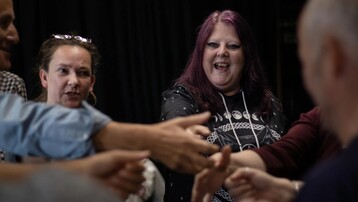News Story
The compositional world of the twentieth century can be defined as an exploration of post-tonal techniques. The assault on tonality (when music has a central, ‘home’ key) in Western classical music starts with Wagner’s Tristan and finds different routes away from this in Scriabin, Ives and Janácek, and the increasing demands of heightened chromaticism, distant modulation and prolonged dissonances had reduced the feeling of a pull back to ‘home’.
This programme shows three twentieth century composers exploring a post-tonal language. Britten remains the closest to maintaining the feeling of a ‘home’ key in each song and the sequence of these tonal centres from song to song is always highly considered: for example, there is tonal symmetry in the movements of The Holy Sonnets of John Donne which begins and ends in B minor and major respectively, and in the centre we find the song furthest from a sense of any tonality, ‘What if this present’. Tippett’s tonality often results from his polyphonic textures, with vertical harmonies developing as a result of interweaving but independent horizontal lines; tonal or modal areas morph from one to the other, with tiny inflections and minuscule alterations in the smallest details shifting our perception of home. Equally often as these gradual shifts, Tippett will find places to colour the texts with sudden, arresting changes of harmony built on scales of five or seven notes outside the normal pattern of Western classical music. At the opposite end of the spectrum, the sparsely textured world of late Shostakovich is populated by something closer to dissonant atonality. The composer finds order and structure in close motivic imitation between voice and piano rather than tension of tonality. The final bars of several songs in the cycle seem to resolve, but often onto unexpected keys that could hardly be classed as a tonal centre. Moments of intense beauty come from chords built on sequences of unusual intervals such as fourths; conversely the bitterness and anger of song four is coloured almost entirely with chords of thirds — the bedrock of tonal Western music now subverted and reclothed by a genius at the height of his power.


